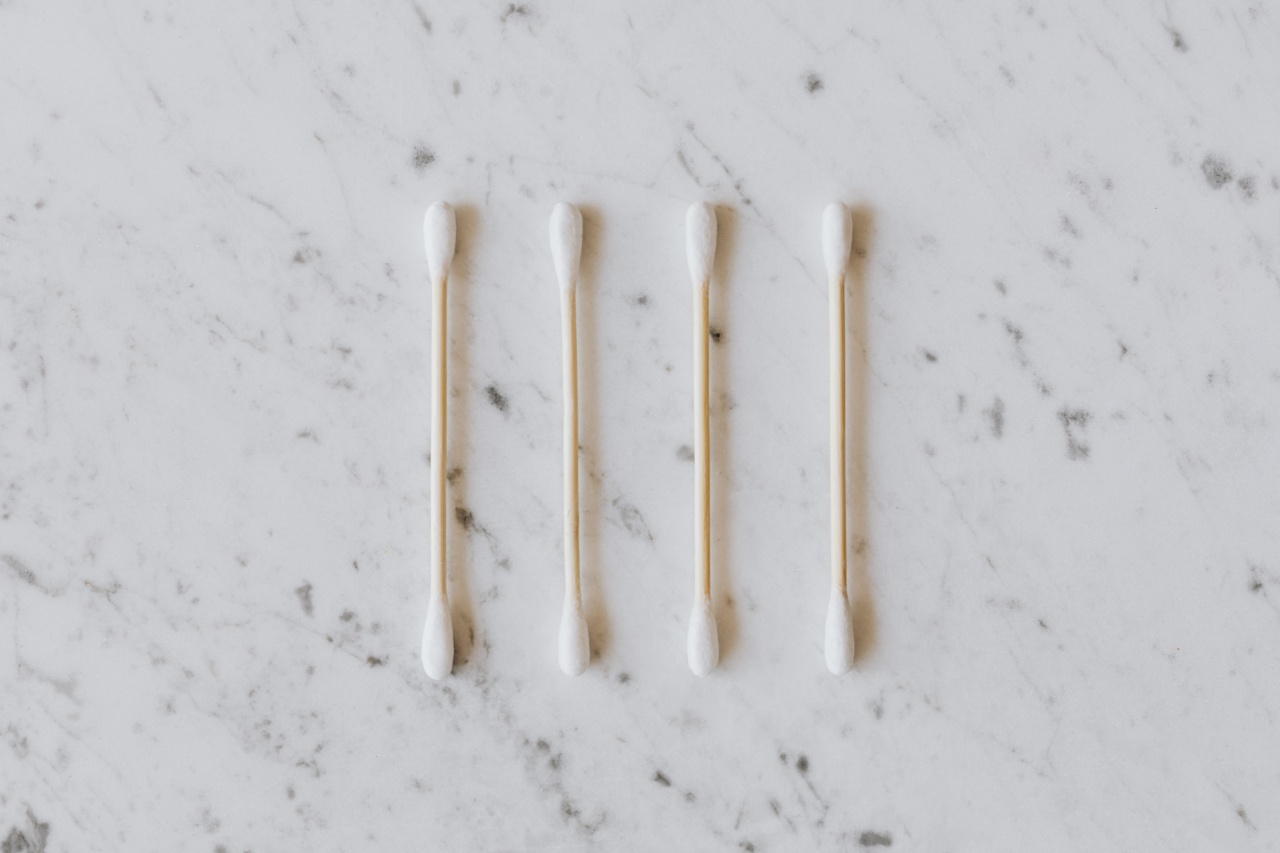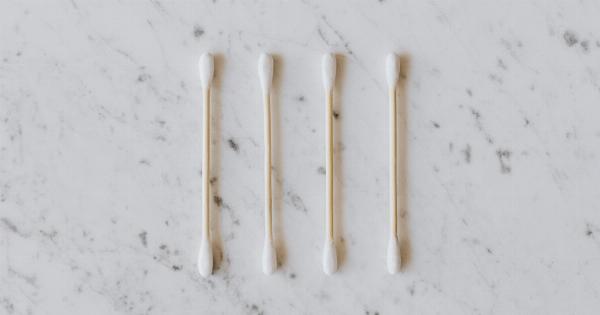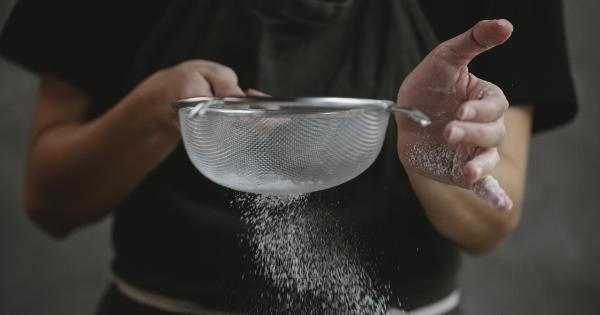Ear cleaning is an important part of personal hygiene. However, using cotton swabs to clean the ears is not recommended as it can cause damage to the sensitive ear canal and eardrum.
There are several alternative methods available that are safe and effective for cleaning the ears without causing any harm.
1. Ear Irrigation
Ear irrigation is a method of removing earwax buildup by flushing it out of the ear canal using warm water. This method can be done at home using an ear irrigation kit or by a healthcare professional.
To perform ear irrigation at home, fill the syringe with warm water and gently insert it into the ear canal. Keep the head tilted to the side and allow the water to flow into the ear canal. After a few minutes, tilt the head in the opposite direction to allow the water to drain out.
2. Olive Oil
Olive oil can be used to soften and remove earwax buildup. Warm a small amount of olive oil and use a dropper to place 2-3 drops in the ear. Tilt the head to the side and allow the oil to stay in the ear for a few minutes.
Then, tilt the head in the opposite direction to allow the oil to drain out along with any earwax buildup.
3. Hydrogen Peroxide
Hydrogen peroxide is used to remove earwax buildup by softening and loosening it. Mix equal parts of 3% hydrogen peroxide and water and use a dropper to place a few drops in the ear.
Keep the head tilted to the side and allow the solution to stay in the ear for a few minutes. Then, tilt the head in the opposite direction to allow the solution to drain out along with any earwax buildup.
4. Ear Candles
Ear candles are another alternative method for ear cleaning. These candles are made of beeswax and rolled cotton and are designed to be inserted into the ear canal.
The heat from the candle creates a suction that helps to remove earwax buildup from the ear canal. However, it is important to use caution when using ear candles as they can cause burns and other injuries if not used correctly.
5. Mineral Oil
Mineral oil can also be used to soften and remove earwax buildup. Warm a small amount of mineral oil and use a dropper to place a few drops in the ear. Tilt the head to the side and allow the oil to stay in the ear for a few minutes.
Then, tilt the head in the opposite direction to allow the oil to drain out along with any earwax buildup.
6. Over-the-counter Ear Drops
There are several over-the-counter ear drops that are designed to soften and remove earwax buildup. These drops contain active ingredients such as carbamide peroxide or glycerin that help to break down and remove earwax buildup.
However, it is important to follow the instructions on the package carefully and to avoid using these drops if you have a perforated eardrum or other ear condition.
7. Saline Solution
Saline solution can be used to rinse out the ear canal and remove any debris or earwax buildup. Mix 1 teaspoon of salt in 1 cup of warm water and use a dropper to place a few drops in the ear.
Tilt the head to the side and allow the solution to stay in the ear for a few minutes. Then, tilt the head in the opposite direction to allow the solution to drain out.
8. Baby Oil
Similar to olive and mineral oil, baby oil can be used to soften and remove earwax buildup. Warm a small amount of baby oil and use a dropper to place a few drops in the ear.
Tilt the head to the side and allow the oil to stay in the ear for a few minutes. Then, tilt the head in the opposite direction to allow the oil to drain out along with any earwax buildup.
9. Wax Softening Agent
There are several wax softening agents available that can help to break down and remove earwax buildup. These agents contain active ingredients such as hydrogen peroxide, olive oil, or sodium bicarbonate.
However, it is important to follow the instructions on the package carefully and to avoid using these agents if you have a perforated eardrum or other ear condition.
10. Medical Intervention
If you have excessive earwax buildup or are experiencing symptoms such as ear pain, hearing loss, or ringing in the ears, it is important to seek medical attention.
Your healthcare provider may recommend a professional ear cleaning or other interventions to address the issue.






























